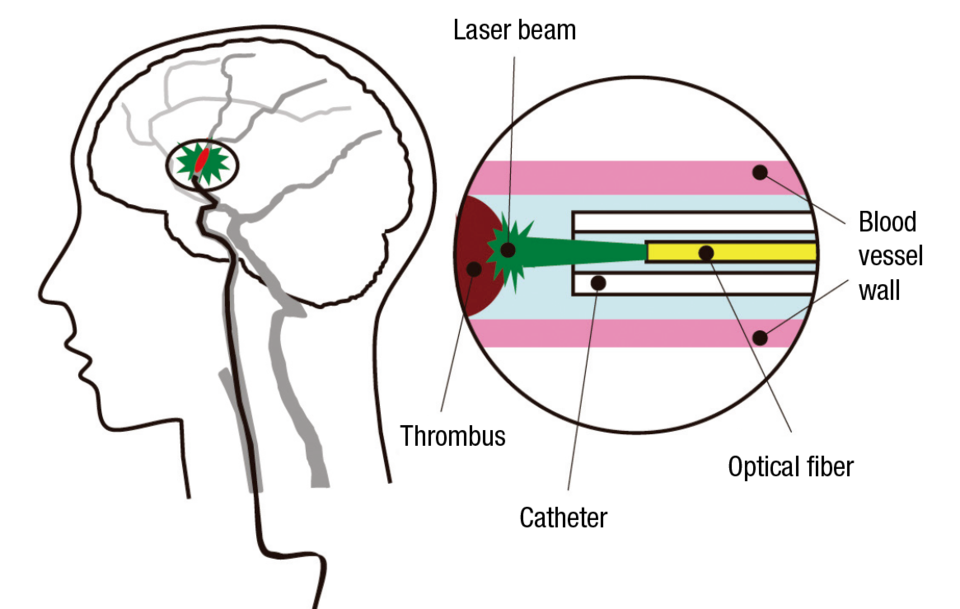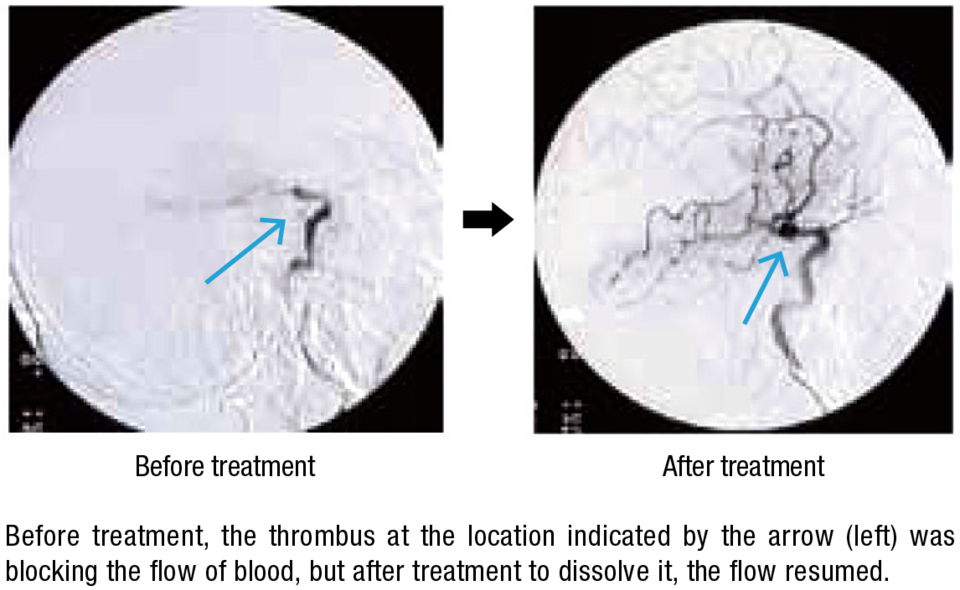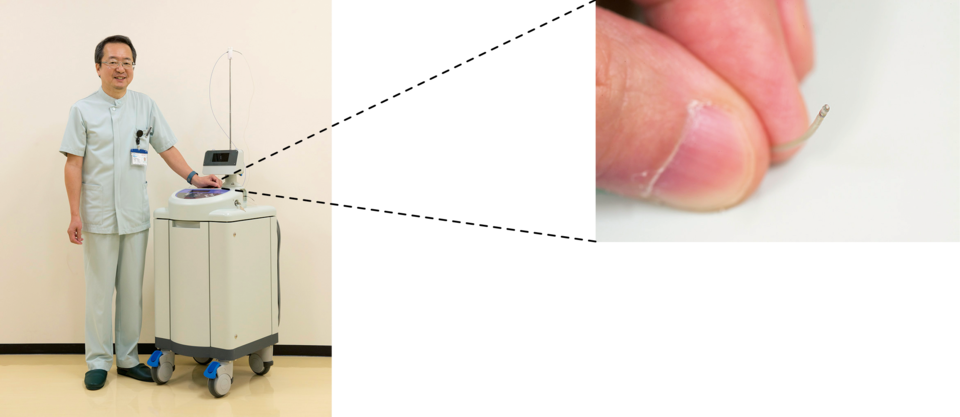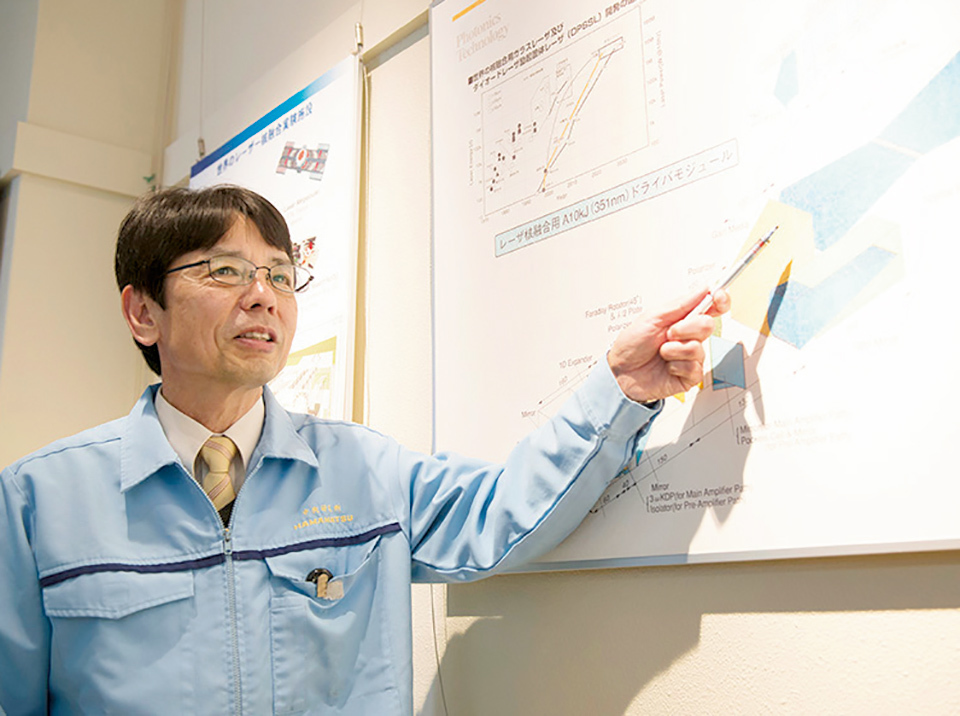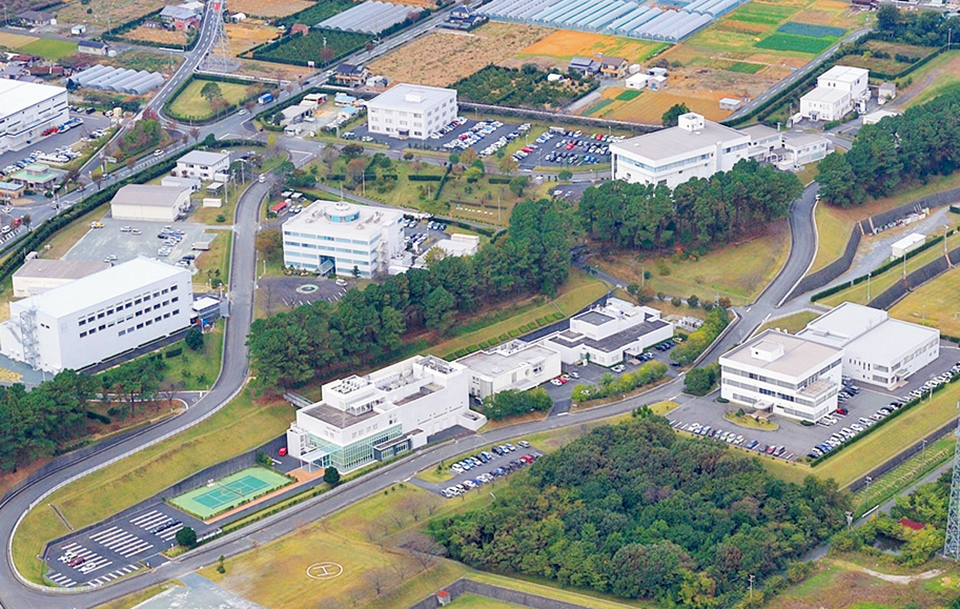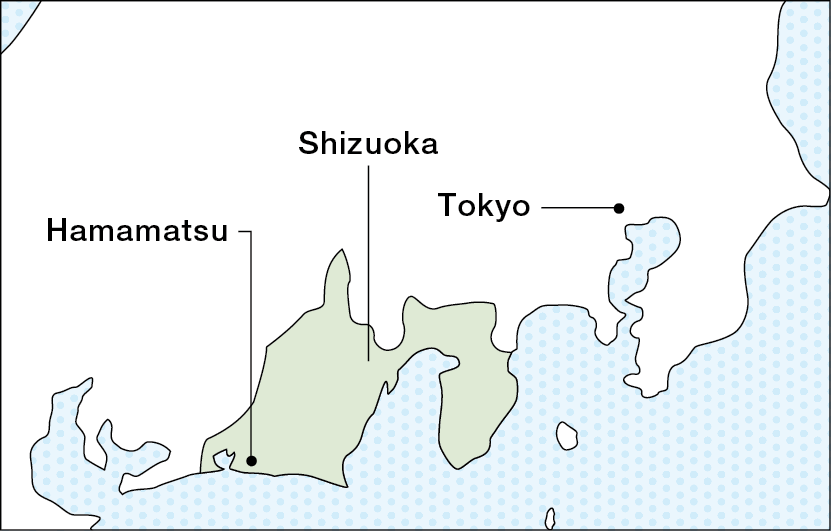Hamamatsu Photonics is headquartered in Hamamatsu, Shizuoka Prefecture, about 90 minutes from Tokyo by Shinkansen high-speed rail. It was founded in 1953 with the aim of developing industrial applications of television technology. Since then it has conducted research and development in the field of light-related technologies and has worked at commercialization of these technologies. The company holds a 90% share of the global market for photomultiplier tubes (PMTs), which can detect even very faint light. It has also developed optical sensors and light sources for use in a broad range of academic, industrial, medical, and other fields. The company’s highly sensitive PMTs have supported observations and experiments by many researchers, including Nobel laureates Masatoshi Koshiba and Takaaki Kajita.
Hamamatsu Photonics has also developed many world-class products in the field of lasers, in which it started R&D activities in the 1990s. Recently it became the first in the world to develop a laser thrombolysis technology for treatment of cerebral thrombi—blood clots in the brain that cause strokes—which works as follows: A catheter encasing an optical fiber is inserted via a femoral artery and extended to the location of the thrombus, and a green laser beam at a wavelength of 532 nanometers is directed at the site. At this wavelength, the beam is not absorbed by the blood vessel wall but affects only the thrombus, which it dissolves with almost no risk of damage to the blood vessel walls. Since the tip of the catheter is thin, with a diameter of only 0.8 millimeters, and flexible, it can be used for treatment in blood vessels of around 1 mm in diameter, which are hard to treat with existing devices for suction-purpose catheterization. In this way it offers hopes for expanding the scope of cases that can be treated.
Hamamatsu Photonics has been conducting its research in collaboration with a local hospital and Hamamatsu University School of Medicine. Dr. Hiroyuki Okada, who is responsible for laser thrombolysis R&D at the company’s Central Research Laboratory, explains, “We had a hard time reconciling the different mind-sets of the medical treatment staff and the engineers.” The engineers wanted to create a device allowing fine-tuning of irradiation times, power, and other settings, while the medical staff wanted a simple-to-operate device that would let them concentrate on treatment. He says, “We put the wishes of the medical staff first and made adjustments, such as minimizing the number of operating buttons, while aiming for high reliability.” The effectiveness and safety of laser thrombolysis technology has been confirmed in experiments on animals, and it is planned to start clinical tests on humans this spring; the aim is to create a product for practical use in five years.
As a long-range product, the company is also working to develop high-power laser beams to achieve laser nuclear fusion, a promising energy technology for the future. This fantastic technology would irradiate deuterium and tritium with high-powered lasers, causing it to ignite and burn, and would convert the resulting fusion energy into electricity. Achieving laser nuclear fusion was actually the initial motivation for the company’s start of R&D in the field of laser technology. Dr. Minoru Niigaki, who has been involved in research on light at Hamamatsu Photonics for about 40 years, declares, “We aren’t yet tapping even one percent of the potential of light. We will continue our laser technology R&D efforts in line with our corporate mission, to seek ‘fields unknown and untrodden by humankind.’”
Dr. Hiroyuki Okada of Hamamatsu Photonics’ Central Research Laboratory with an experimental laser irradiation device for use in thrombolysis.
The tip of the catheter is a mere 0.8 mm in diameter.
Hamamatsu Photonics’ Central Research Laboratory was established in 1990 and has since focused on basic and applied research into light, including laser technologies.
In 2013 representatives of Hamamatsu Photonics and three local universities signed the “Photonics Declaration 2013 in Hamamatsu,” affirming their ambition to make the city a major center of photonics science and industry.































































































































